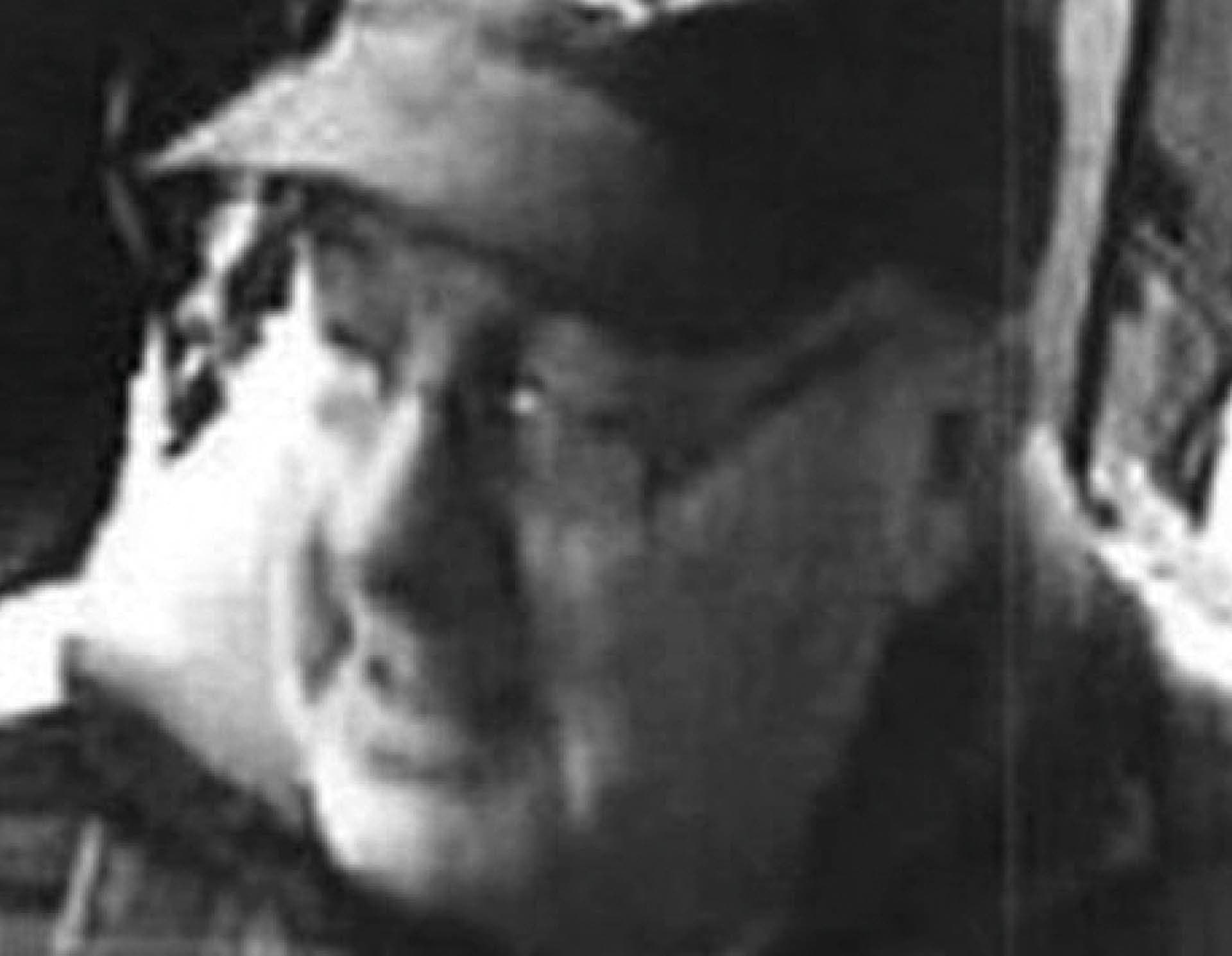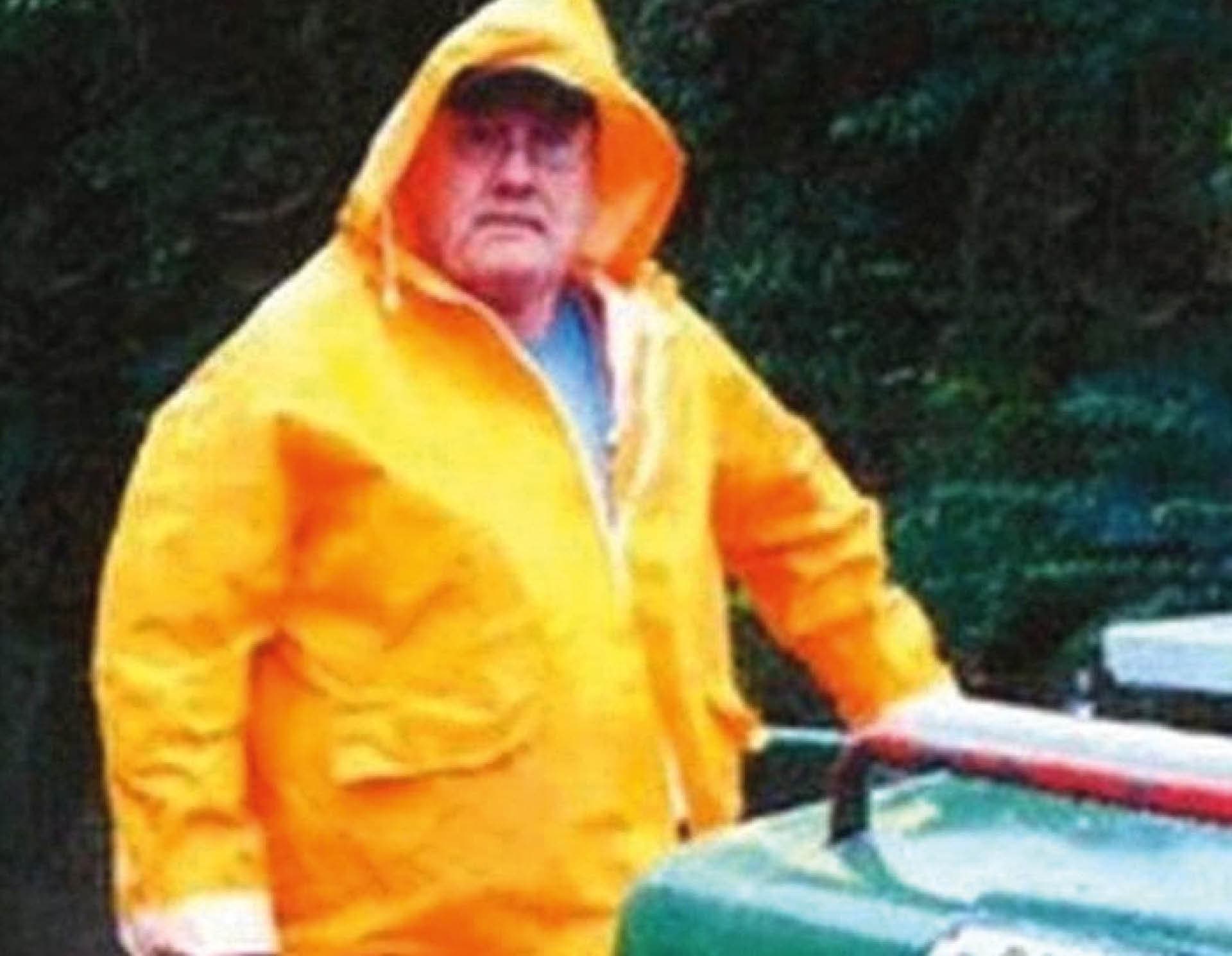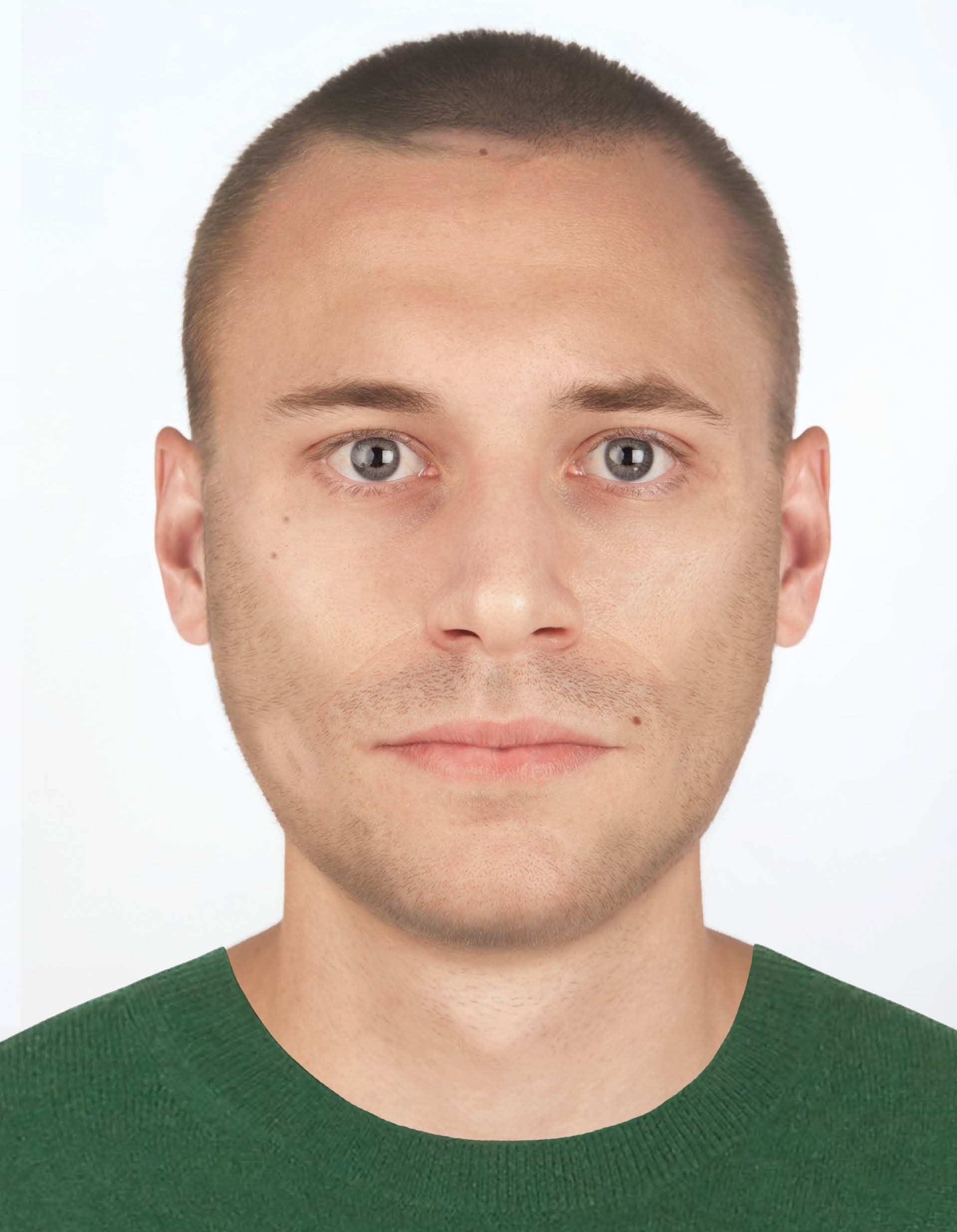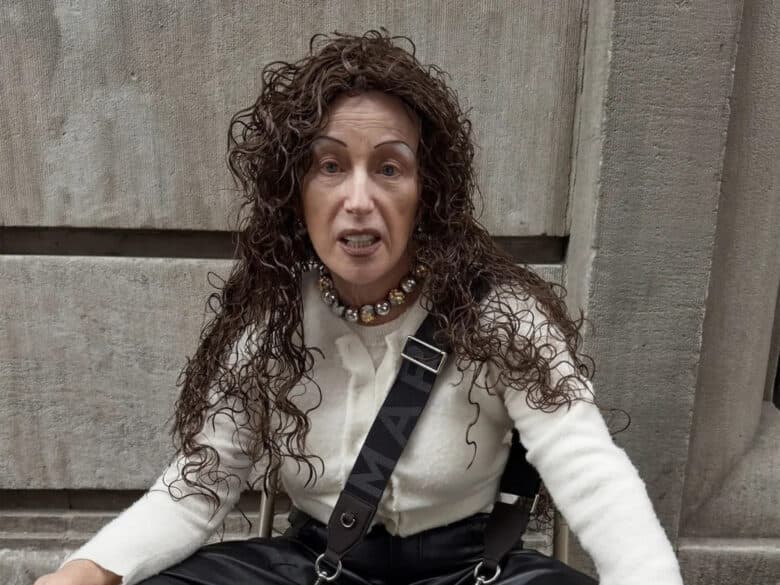Who was Waltham Forest Man?

On the evening of 22 January 2015, a man was fatally struck by a car outside the Bell pub in Walthamstow, northeast London. Aged between 50 and 70, he is thought to have lived nearby and worked as a builder for many years. He is believed to have had a local, The William the Fourth pub on High Road in Leyton, and family across the country: a sister in Neasden, possibly, and other relatives in Sheffield. We don’t know much else, but it’s easy to paint a picture of him in your mind – he seems like the type of person who is a fixture at the boozer down the road or someone you’d employ for some handiwork, someone who is, for lack of a better word, “normal”. But as it stands in 2023, there is nothing ordinary about this man – for more than eight years ‘Waltham Forest Man’ has remained unidentified and thus a mystery.
“It probably comes down to my dad,” Freya Couzens, a volunteer at the charity Locate International, says when I ask her why she has spent more than two years trying to figure out who Waltham Forest Man was (some believe his name was Brian Wallace and refer to him accordingly). “My father is one of my best friends, and he drinks in a very normal pub, similar to the one that Brian supposedly drank in. I think that’s the connection for me… His case struck me because my dad cares about the people he meets in his local. I just want to find that person who enjoyed having a pint and offloading their day with Brian, because there must have been someone.”
Couzens, who is 31 and works in digital marketing, is one of over 350 volunteers at Locate International – a charity dedicated to helping the families of unsolved missing persons cases find their loved ones. She discovered the cause after listening to The Missing podcast, hosted by journalist and broadcaster Pandora Sykes, and initially started as a volunteer investigator, before becoming the charity’s co-head of media. Like much of the force, which is a diverse cast of university students, doctors and accountants, she puts in the hours during lunch breaks, train journeys and late nights. It’s something she has been doing for nearly three years. She can’t help but return to these enigmatic people, many of whom rest in unmarked graves or headstones without a name.
Locate International was founded in 2019 by two former police officers who found that the Metropolitan Police simply did not have the capacity to work on these kinds of cases due to decades of budget cuts, increased demand and lack of training. “I was talking to families who were telling me that their loved ones’ cases haven’t been fully explored, and at the same time police investigators were saying that they were stretched to breaking point with the volume of missing persons cases and wished they had the resources to do more,” the charity’s co-founder and chief executive, Dave Grimstead, tells me. “If the police just applied two days a year reviewing each unsolved case, that amounts to over 30,000 working days at a time when resources are diminishing and need is growing.”

Such cases can quickly become Sisyphean tasks, with limited evidence often making for dead ends and endless leads, but Locate has had the manpower, and will, to see success. Last year the charity’s team of volunteers investigated 128 cases of missing persons and unidentified bodies, and successfully solved one in five cases – a number that represents 26 people. While Locate is mostly unable to provide details of success stories due to family confidentiality, it recently discovered the identity of a man found in London, and Grimstead is now working with the surviving relatives to develop a legacy in the man’s name.
Volunteers, by virtue of the training, must be dedicated. Grimstead tells me that they must undertake 32 hours of mandatory training designed by specialists in the field. They are then given the option of 118 more hours, including modules on DNA, genealogy, facial reconstruction and postmortem imagery.
While the charity will be expanding further into missing persons cases, the bulk of their current work focuses on the unidentified. If you scroll through Locate International’s website you will see 50 active cases, many of which have not yet gone to appeal. While names like Kennington Man, Wembley Point Woman and East Riding Man initially seem a little prosaic, after reading a few sentences about each individual, it’s hard not to be taken by these figures who live on the periphery of the public’s consciousness. Throughout my research I kept returning to the case of Kew Bridge Man – someone whose per- sonality shines keenly through his clothing and possessions 33 years after his death. The 25-year-old, who was found hanging under Kew railway bridge in London on 10 July 1990, was wearing an inside-out green jumper with an eagle motif, black Dr Martens boots and a blue and black woolly hat.

It’s a case that is of great interest to Couzens too. “We felt that he needed further exploration because he was clearly in a dark and distressing place, and we thought his story deserved to be told in a way that isn’t just about his suicide,” she asserts. “What happened to him in the 25 to 30 years before he died? He would have had a whole life… birthdays and celebrations.”
Of course details like a pair of Dr Martens and certain characteristics – like Kew Bridge Man’s height (5ft 8in) and hairstyle (very short brown hair in a ponytail) – help, but they won’t necessarily get you far in terms of identification. As Dr Maureen Taylor, Locate International’s chief operating officer, states, volunteers must follow stringent processes when it comes to the more challenging cases. First the team reviews the case files before coming together to undertake a gap analysis based on the “five Ws” – who, what, where, when, why. Then volunteers bring their ideas to a meeting to develop evidence-based hypotheses about what they think happened to the individual in question. “It’s not just plucking ideas out of thin air, as we have to provide a justification for each hypothesis,” Taylor says. The next stage is developing the lines of enquiry, which could be focus on the location, cloth- ing or body, and after that’s completed, actions are generated that are assigned to individuals. “An action might revolve around them wearing a Gucci jacket from 1990. You would look at the distribution of that type of jacket and where it would have been made, where it was distributed, sold, and whether there’s anything significant about it, for example a label. If there is a label, does it give any clues as to where it might have been made or bought and is there anything significant about that?”
But within this framework, each volunteer is able to find their own rhythm. Couzens says that social spaces are usually helpful to her, especially in the case of Waltham Forest Man (Brian Wallace): “Pubs are a good one because there’s community and there may still be people who drank there, say, 30 years ago. To some people they’re home.” It’s also helpful to start with what happened on the day, and if there were any significant cultural events, like events or concerts. This was something they looked into in the case of Kew Bridge Man, as well as his nationality and ethnicity. “He was white, so he could have been British, or European, or even from somewhere further. We looked at how far he could have travelled, and if there were specific communities that could have led him here from a different country. A spider web starts to emerge around these different avenues. We’ve explored whether he could have been Eastern European or even Australian.”
One of Locate International’s biggest tools is in launching pub- lic appeals – something that Couzens helps spearhead. As part of the appeal of Waltham Forest Man (Brian Wallace), she and a colleague took to the streets of Walthamstow to distribute flyers and spoke to local residents, as well as frequenters of Brian’s local pub. “We actually spoke to people in the pub that he had drunk with, so it felt like a personal success, as we had connected with his community. But it’s really difficult to know where to go next as we don’t know why or if he became estranged from his family,” she tells me. “It’s been mentioned that he had a sister in Neasden, but we don’t know if she still lives there or how old she is. It’s so difficult to know how to get in front of the right people. Now it’s about mapping what ground we’ve covered, but we don’t really know who exactly we’re trying to reach with this.”

But even as volunteers log hours with varying amounts of success and disappointment, mysteries remain, and like Couzens, many can’t help but return again and again to the same case. The very process of searching and the revelations that can be gleaned can be life-altering, it appears.
“What I’ve learnt is that it doesn’t take much to become detached from society,” Couzens muses. “Brian really did have an entire world, he had people, yet there’s this whole portion of his life where he completely disassociated – we haven’t been able to find a complete identity. It’s a matter of what connects you to society. There’s the paperwork side of that, so where your post is delivered to and who pays you, but there’s also who sees you in the street and who you live next door to. These are things that anchor you to something, and I’ve learnt that those two things are very different. It’s also made me think about what is reasonable to know about someone and what isn’t. I think about the people that I see in the street and I read appeals more closely. I don’t know that I’m going to be a missing piece of a puzzle, but I really could be.”
There is always hope. Locate International are working on launching several micro-appeals for information about Waltham Forest Man (Brian Wallace) over the next year. They will also be working through genealogy reports and through their list of “Brian Wallaces” as both names have many different spellings. While the case of Kew Bridge Man has not yet gone to appeal, the charity recently obtained new facial reconstruction, and they’re planning to connect with more people who may have been in the area in 1990.
The search continues, but in the meantime, Couzens has printed a picture of Waltham Forest Man, aka Brian Wallace, to hang in her office. “I want to feel connected to him,” she concludes. “I want him to know that he is remembered by someone.”

